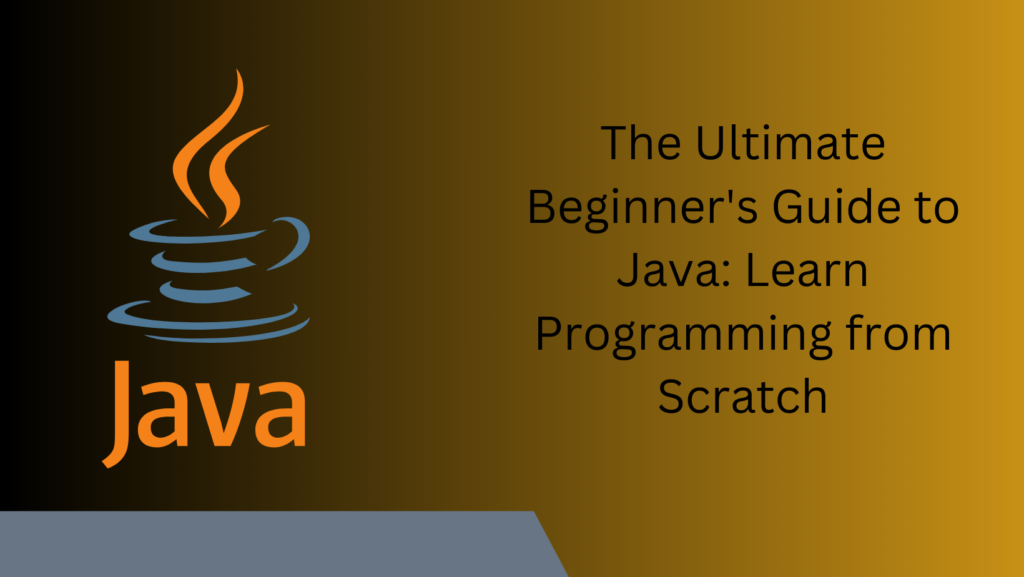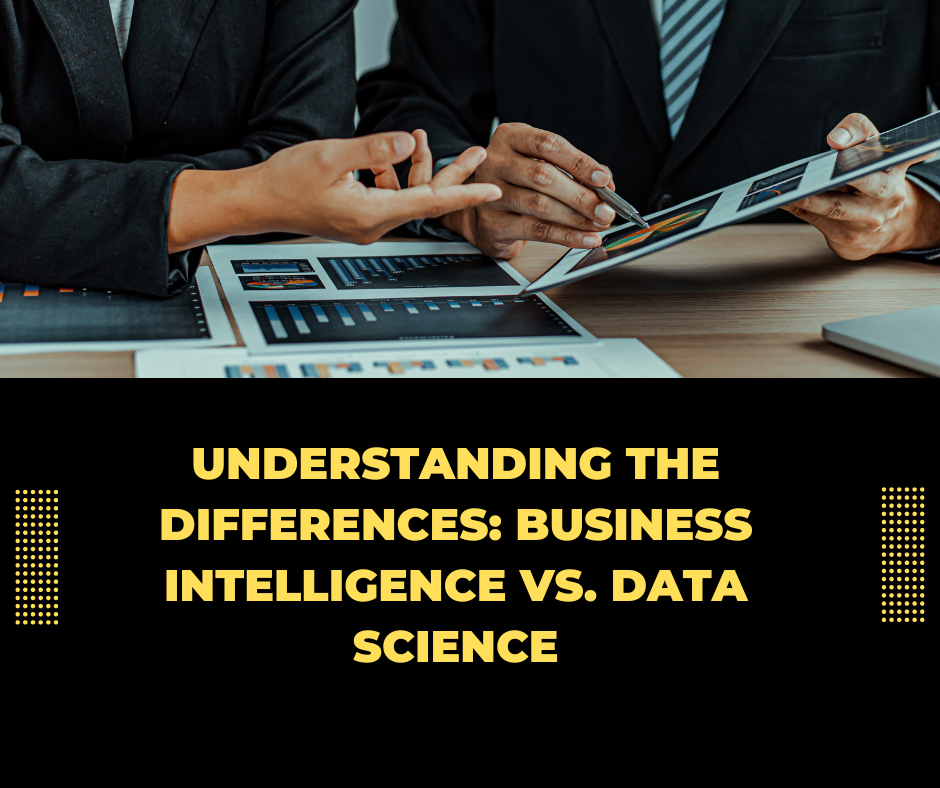Exploratory Data Analysis (EDA) is a crucial step in the data science process that helps analysts understand the data they are working with before applying advanced modeling techniques. EDA involves summarizing the main characteristics of the data, often visualizing it to uncover patterns, detect anomalies, test hypotheses, and check assumptions. This process provides a foundation for subsequent data analysis and modeling.
In this article, we’ll explore key techniques and tools used in EDA, making the concepts easy to understand and apply. Whether you’re a beginner or an experienced data analyst, this guide will provide valuable insights into the practice of EDA.
Understanding Your Data
The first step in EDA is understanding the nature of your dataset. This involves answering questions like:
-
What kind of data do you have? (Numerical, categorical, or mixed)
-
How many observations and variables are there?
-
Are there any missing values?
-
What are the types of variables (continuous, discrete, ordinal, nominal)?
Understanding these aspects helps in choosing the appropriate EDA techniques.
Data Cleaning
Before diving into EDA, it’s essential to clean the data. Data cleaning involves handling missing values, correcting errors, and dealing with outliers. Common techniques include:
-
Handling Missing Values: You can remove rows with missing values, fill them with a specific value (like the mean or median), or use more sophisticated imputation methods.
-
Correcting Errors: Ensure that the data is accurate and consistent. For example, standardize date formats or correct typos.
-
Dealing with Outliers: Identify and handle outliers that can skew your analysis. Depending on the context, you might remove them or transform the data.
Summary Statistics
Calculating summary statistics is a fundamental part of EDA. These statistics provide a quick overview of the data’s central tendency, dispersion, and shape.
-
Central Tendency: Mean, median, and mode give you an idea of the typical value in the dataset.
-
Dispersion: Range, variance, and standard deviation indicate the spread of the data.
-
Shape: Skewness and kurtosis help understand the data distribution’s asymmetry and peakedness.
Using these metrics, you can gain initial insights into your data.
Data Visualization
Visualization is a powerful tool in EDA. It allows you to see patterns, trends, and relationships that might not be apparent from raw data. Some common visualization techniques include:
-
Histograms: Show the distribution of a single numerical variable.
-
Box Plots: Display the summary statistics and identify outliers.
-
Scatter Plots: Reveal relationships between two numerical variables.
-
Bar Charts: Compare the frequency of categorical variables.
-
Heatmaps: Visualize correlations between variables.
Tools like Matplotlib, Seaborn, and Plotly in Python make creating these visualizations straightforward.
Univariate Analysis
Univariate analysis focuses on analyzing each variable individually. For numerical variables, this includes creating histograms, box plots, and calculating summary statistics. For categorical variables, bar charts and frequency tables are useful.
Bivariate Analysis
Bivariate analysis examines the relationship between two variables. Techniques include:
-
Scatter Plots: Useful for identifying correlations between numerical variables.
-
Box Plots: Compare distributions of a numerical variable across different categories.
-
Correlation Matrices: Show the correlation coefficients between numerical variables.
These techniques help uncover relationships and dependencies between variables.
Multivariate Analysis
Multivariate analysis looks at more than two variables simultaneously. Techniques include:
-
Pair Plots: Visualize relationships between all pairs of numerical variables.
-
Heatmaps: Display correlation matrices for a more comprehensive view.
-
Principal Component Analysis (PCA): Reduce the dimensionality of the data while retaining most of the variation.
Multivariate analysis provides deeper insights into the structure of the data.
Tools for EDA
Several tools and libraries facilitate EDA, each offering unique features:
-
Pandas: A Python library for data manipulation and analysis. It provides data structures like DataFrames and functions to handle missing data, filter rows, and compute descriptive statistics.
-
Matplotlib: A plotting library for creating static, animated, and interactive visualizations in Python.
-
Seaborn: Built on Matplotlib, it provides a high-level interface for drawing attractive statistical graphics.
-
Plotly: Offers interactive plots and dashboards, making it easier to explore data visually.
-
Jupyter Notebooks: An open-source web application that allows you to create and share documents containing live code, equations, visualizations, and narrative text.
Practical Example: EDA on a Sample Dataset
Let’s apply these concepts to a sample dataset using Python. We’ll use the famous Iris dataset, which contains measurements of different iris flower species.
python
Code
import pandas as pd import seaborn as sns import matplotlib.pyplot as plt # Load the dataset df = sns.load_dataset(‘iris’) # Summary statistics print(df.describe()) # Histogram sns.histplot(df[‘sepal_length’], kde=True) plt.show() # Pair plot sns.pairplot(df, hue=’species’) plt.show() # Correlation heatmap sns.heatmap(df.corr(), annot=True, cmap=’coolwarm’) plt.show()
This code snippet demonstrates how to load a dataset, calculate summary statistics, and create various plots to explore the data.
Conclusion
Exploratory Data Analysis is an essential step in the data science workflow. By understanding your data through summary statistics, visualizations, and various analysis techniques, you can gain valuable insights that inform your modeling and decision-making processes. Tools like Pandas, Matplotlib, Seaborn, and Plotly provide the necessary functionality to perform EDA effectively. Mastering EDA equips you with the skills to approach any dataset with confidence, ensuring that you make informed decisions based on a thorough understanding of the data. Enrolling in a Data Analytics course in Lucknow, Gwalior, Delhi, Noida, and all locations in India can help you develop these crucial skills and advance your career in data science.




